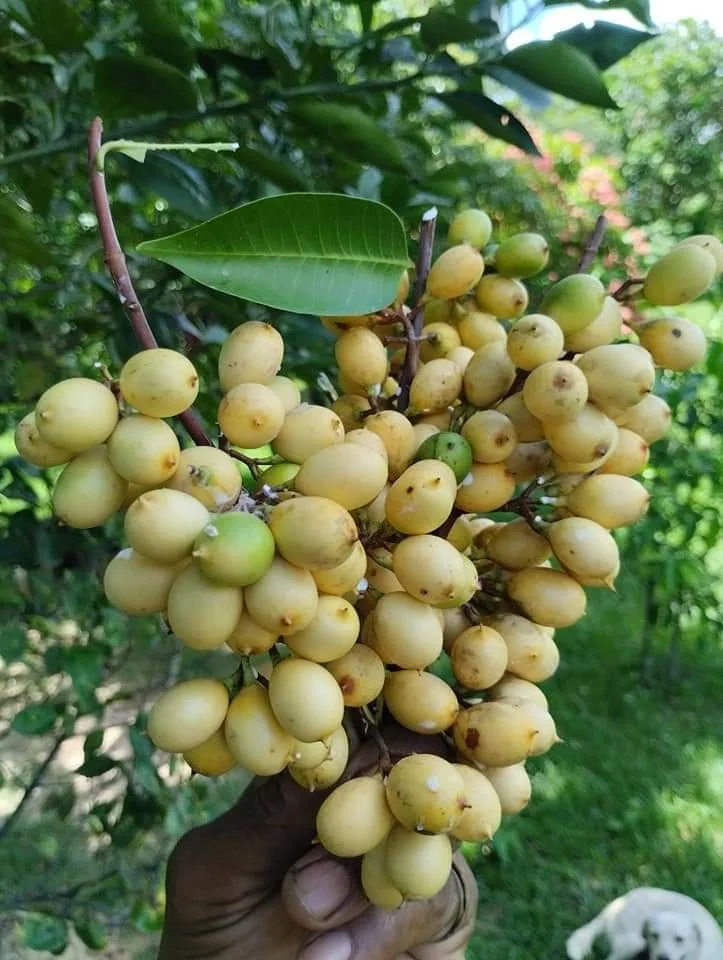Lacmellea Edulis - "Queen of the wild fruits"
Seeds were imported from Colombia. The common name for this fruit among the natives is “milk honey” and “Queen of the wild fruits”. This fruit, native to Colombia and unfortunately very rare in the Orinoquía, owes its name to the 17th century missionaries of the eastern Llanos, who named it that way because of its unique and sweet flavor. It is mainly consumed as fresh fruit. Its shell and inner pulp is edible and has a very pleasant flavor. Thanks to the resistance of its shell, it can be stored and sold in the markets. The flavor is said to be that of cows milk, mixed with bee honey, and is enjoyed by all who have tried it. The bole is armed with conical spines. The tree is harvested from the wild for the local use of its edible fruit and latex. The fruit is consumed raw, it is a yellow berry around 20 - 25cm in diameter. Seeds are viable, and will be shipped in humid vermiculite.
Seeds were imported from Colombia. The common name for this fruit among the natives is “milk honey” and “Queen of the wild fruits”. This fruit, native to Colombia and unfortunately very rare in the Orinoquía, owes its name to the 17th century missionaries of the eastern Llanos, who named it that way because of its unique and sweet flavor. It is mainly consumed as fresh fruit. Its shell and inner pulp is edible and has a very pleasant flavor. Thanks to the resistance of its shell, it can be stored and sold in the markets. The flavor is said to be that of cows milk, mixed with bee honey, and is enjoyed by all who have tried it. The bole is armed with conical spines. The tree is harvested from the wild for the local use of its edible fruit and latex. The fruit is consumed raw, it is a yellow berry around 20 - 25cm in diameter. Seeds are viable, and will be shipped in humid vermiculite.
Seeds were imported from Colombia. The common name for this fruit among the natives is “milk honey” and “Queen of the wild fruits”. This fruit, native to Colombia and unfortunately very rare in the Orinoquía, owes its name to the 17th century missionaries of the eastern Llanos, who named it that way because of its unique and sweet flavor. It is mainly consumed as fresh fruit. Its shell and inner pulp is edible and has a very pleasant flavor. Thanks to the resistance of its shell, it can be stored and sold in the markets. The flavor is said to be that of cows milk, mixed with bee honey, and is enjoyed by all who have tried it. The bole is armed with conical spines. The tree is harvested from the wild for the local use of its edible fruit and latex. The fruit is consumed raw, it is a yellow berry around 20 - 25cm in diameter. Seeds are viable, and will be shipped in humid vermiculite.




